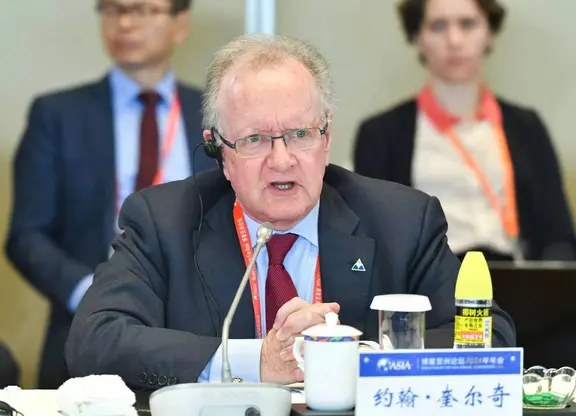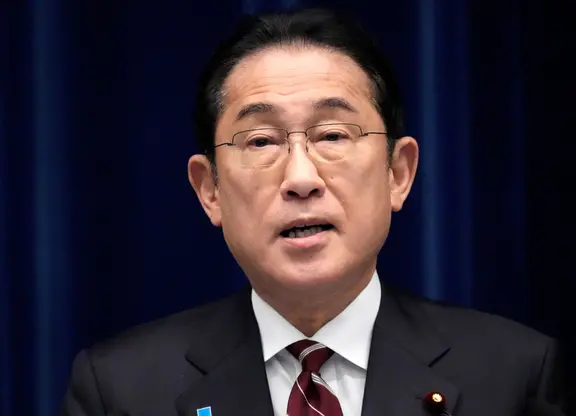Chairman of the U.S. Federal Reserve Ben Bernanke hosts a news conference following a Federal Open Market Committee (FOMC) meeting in Washington D.C on Dec. 12, 2012, where an extended round of quantitative easing program was announced.(Xinhua/Zhang Jun).
The U.S. Federal Reserve on Wednesday announced that it would continue buying longer-term Treasury securities and keep its key short-term rate near zero until the country's unemployment rate drops below 6.5 percent, so as to stimulate economic growth and job creation.
The Fed said that it will purchase longer-term U.S. government debt at a pace of 45 billion U.S. dollars per month starting in January, a move to expand its third-round quantitative easing program, also known as the QE3.
The Fed "will purchase longer-term Treasury securities after its program to extend the average maturity of its holdings of Treasury securities is completed at the end of the year, initially at a pace of 45 billion dollars per month," said a statement issued after a two-day policy meeting of the Federal Open Market Committee (FOMC), the Fed's interest-rate setting panel.
The latest move came ahead of the expiration at the end of this month of "Operation Twist," in which the Fed sells 45 billion dollars of short-term Treasuries and replaces them with the same amount of longer-term government debt.
The U.S. central bank also decided to keep the target range for the federal funds rate at 0 to 0.25 percent, and anticipates that this exceptionally low range for the federal funds rate will be appropriate as long as the unemployment rate remains above 6.5 percent and inflation is projected to be no more than 2.5 percent "between one and two years ahead," according to the statement.
This is the first time that the Fed has set explicit unemployment and price thresholds for its monetary policy guidance to better explain its policy intentions to the market.
U.S. economic activity and employment have continued to expand at a "moderate pace" in recent months, despite weather-related disruptions. Although the unemployment rate has declined somewhat since the summer, it remains elevated, said the Fed.
Household spending has continued to advance, and the housing sector has shown further signs of improvement, but growth in business fixed investment has slowed, it noted.
 简体中文
简体中文





















